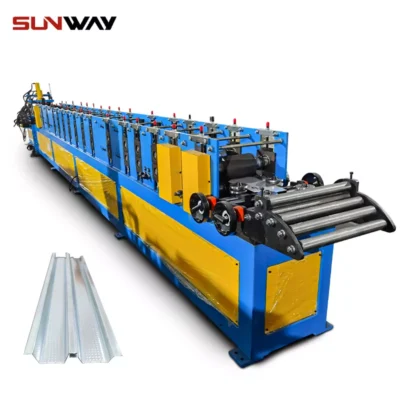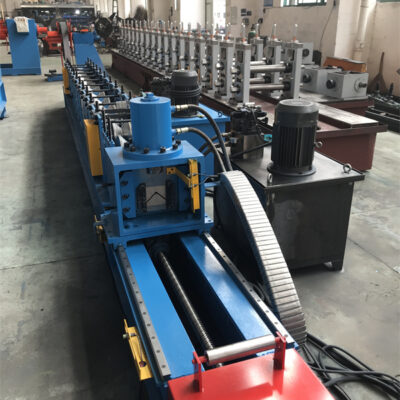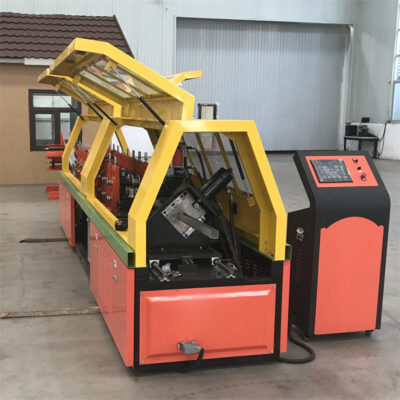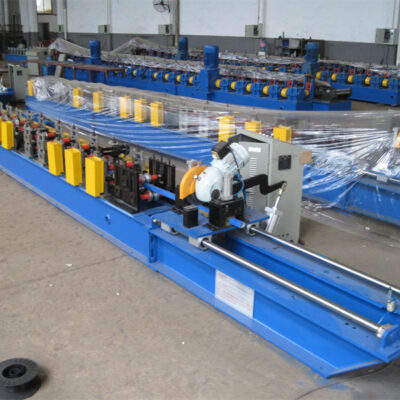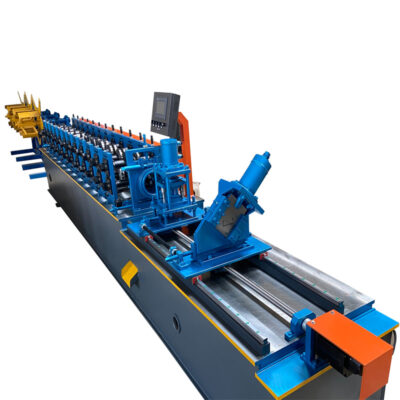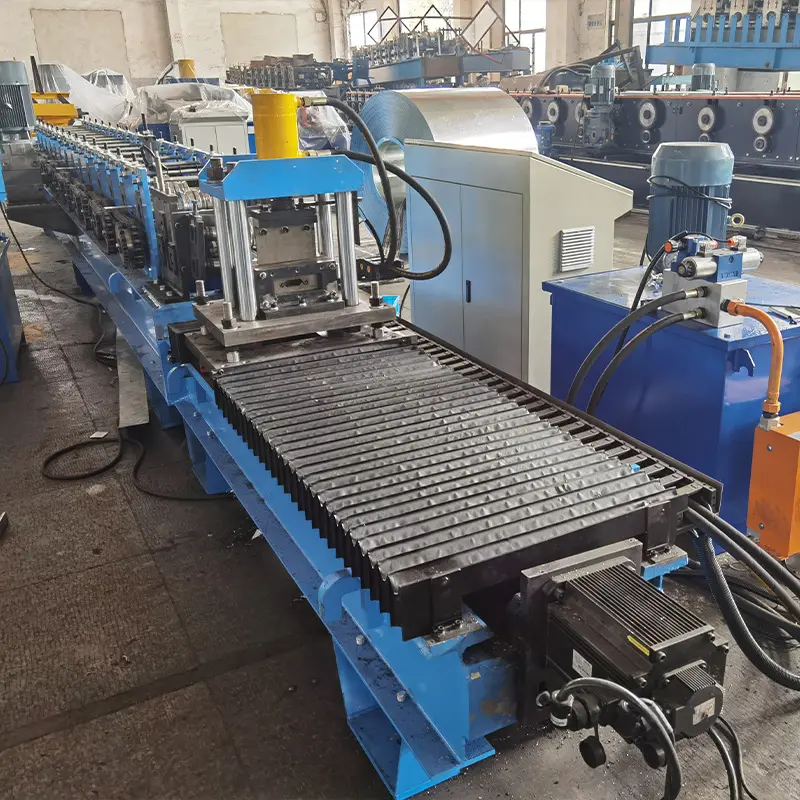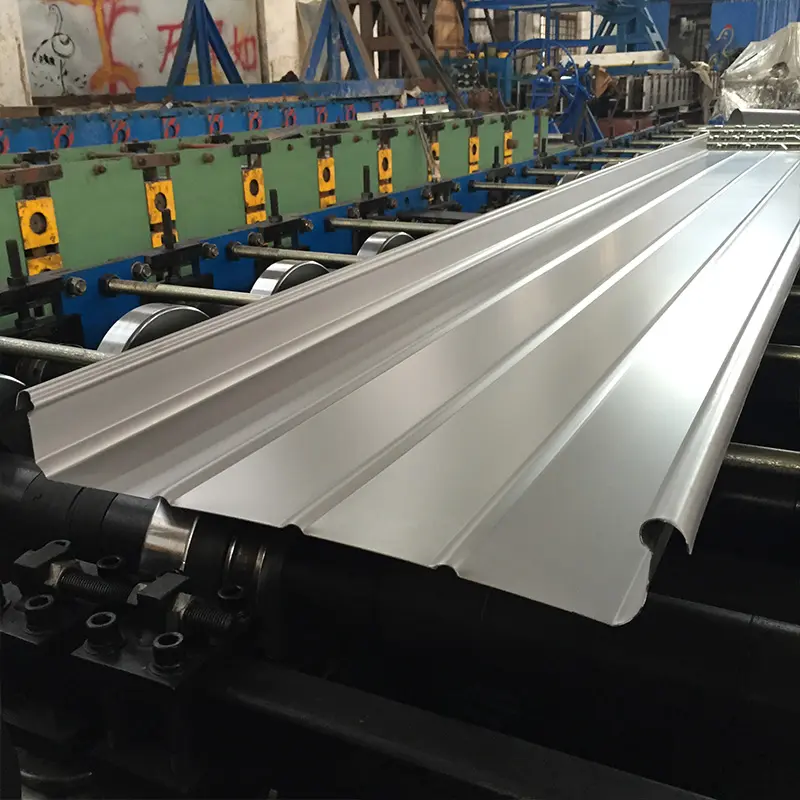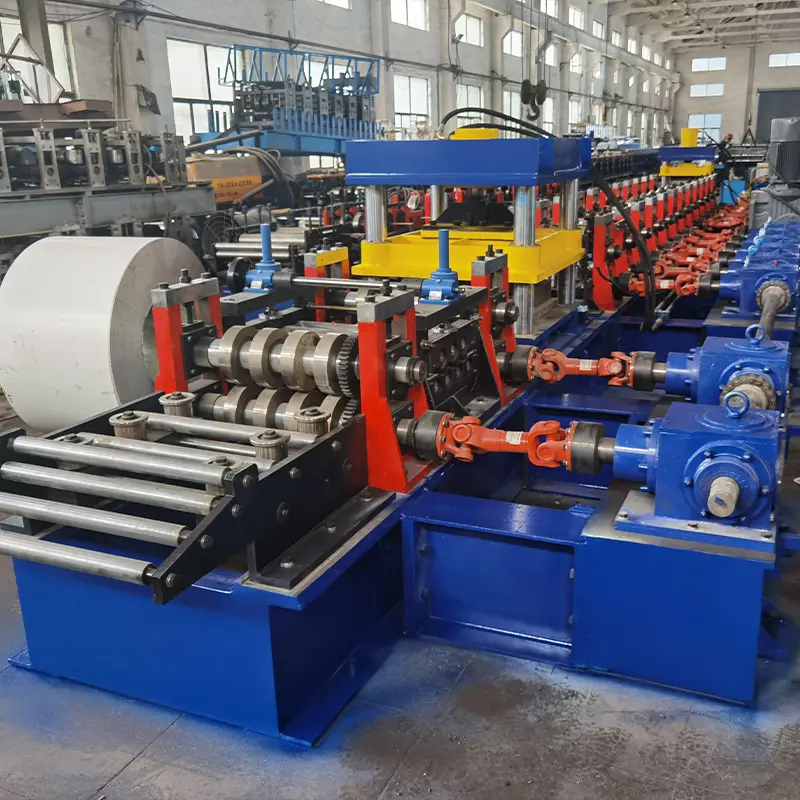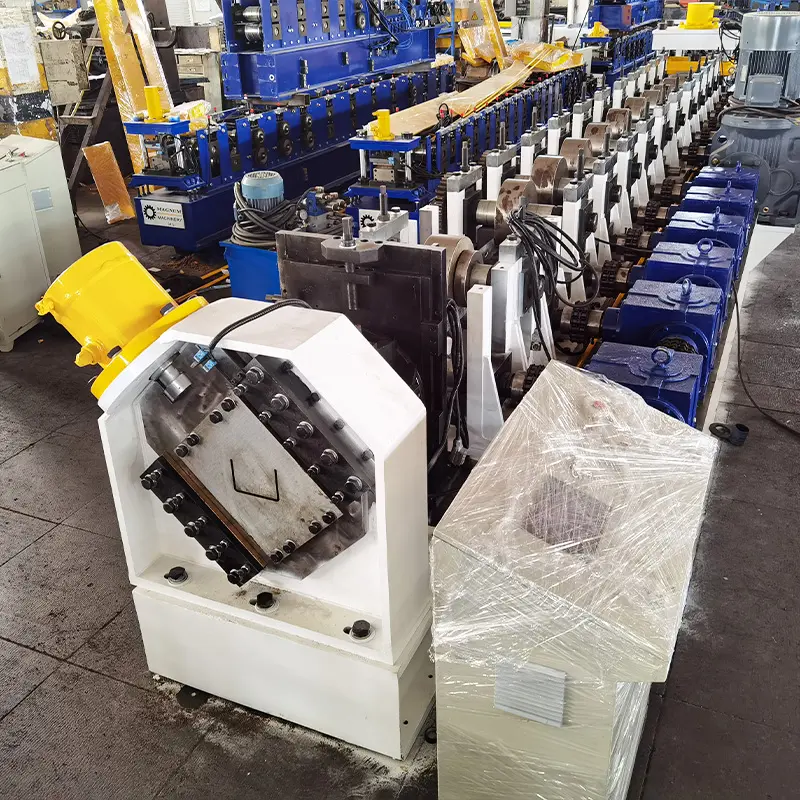Looking to buy a steel roll forming machine? Whether you’re in the manufacturing industry or want to create custom steel products, you’ll need to understand how these machines work. In this article, we’ll take a look at the basics of how a steel roll forming machine works and explain what makes it such an important part of manufacturing.
What is a Steel Roll forming machine?
The steel roll forming machine, also known as a rolling mill, is one of the most important machines in the steel production line. It is used to create a variety of shapes out of metal sheets. The machine uses a series of rotating dies to stamp out the desired shape, and is often used in the automotive, aerospace, and appliance industries. The die configurations can be quite varied, and can range from simple designs like circles or rectangles to more complex shapes like spokes or plates.
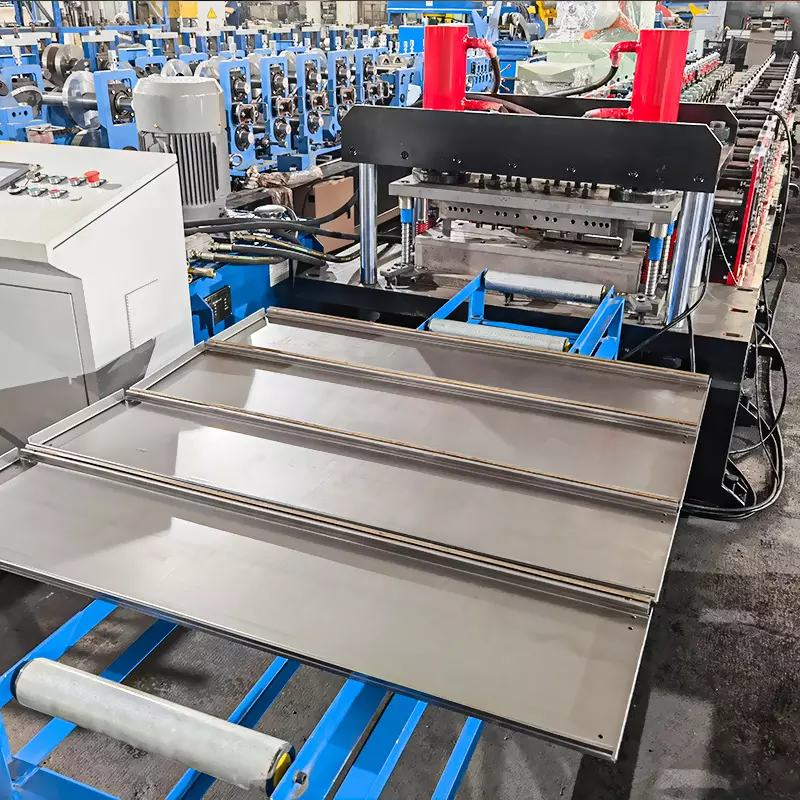
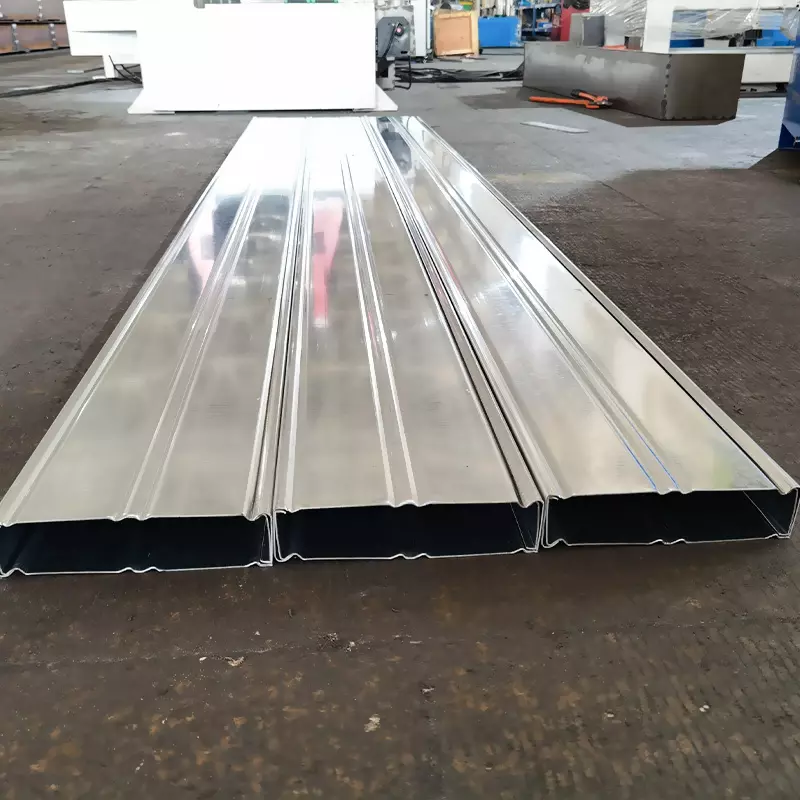
How does a Steel Roll Forming Machine Work?
A steel roll forming machine is made up of a number of different moving parts that work together to form a steel sheet. The first step in the process is to place a piece of steel between two sets of rollers. The rollers then start to pull the metal towards them, and they continue to do this until the metal is completely rolled into a thin sheet.
The steel roll forming machine is a type of continuous process manufacturing machine that uses a round or cylindrical piece of steel to form various parts, such as automobile hoods, engine blocks and transmission housings. The steel roll forming machine consists of a series of rotating dies that hold the steel round or cylindrical piece. The die openings are then heated up to around 2,000 degrees Fahrenheit, which causes the metal to contract and form a very strong and durable part.
Benefits of a Steel Roll Forming Machine
A steel roll forming machine is a specialized industrial equipment used to create metal products by rolling sheets of steel into desired shapes. Benefits of using a steel roll forming machine include: faster production times, reduced labor costs, and more consistent product quality.
With a steel roll forming machine, the process of rolling sheets of metal into desired shapes can be done much faster than if the same shape was created manually. This is because a steel roll forming machine can work at speeds up to 600 feet per minute, which is significantly faster than most human operators. Additionally, with a steel roll forming machine in place, the labor cost for creating the same product can be dramatically reduced as there is no need for human hands to assist in the process.
Another benefit of using a roll forming machine is that it often results in more consistent product quality. This is because when metal is rolled into its desired shape by hand, there are often variations in how tightly or loosely the metal is rolled which can affect its overall quality. By contrast, with a steel roll forming machine, each sheet of metal is consistently rolled into its desired shape which eliminates these variations and ensures that the final product has high-quality specifications.
Details of the Process and Components Used in Making a Steel Roll Forming Machine
A roll forming machine is used to produce metal rolls in a variety of shapes and sizes. The machine uses two rollers to form the metal, which moves around the machine at a constant speed. The rollers deform the metal, which is then cut into desired shapes.
The most common type of steel roll forming machine uses two cylindrical rollers that are mounted on a shaft. The cylinders move around the machine together, and they can be moved in different directions to create different shapes. The coils of metal are formed when the cylinders move past each other at a fast rate.
Other types of steel roll forming machines use three or more cylindrical rollers. These machines are often used to produce larger rolls, as they can handle more weight per inch. These machines also have more complicated mechanisms, so they are usually more expensive than the two-cylinder machines.
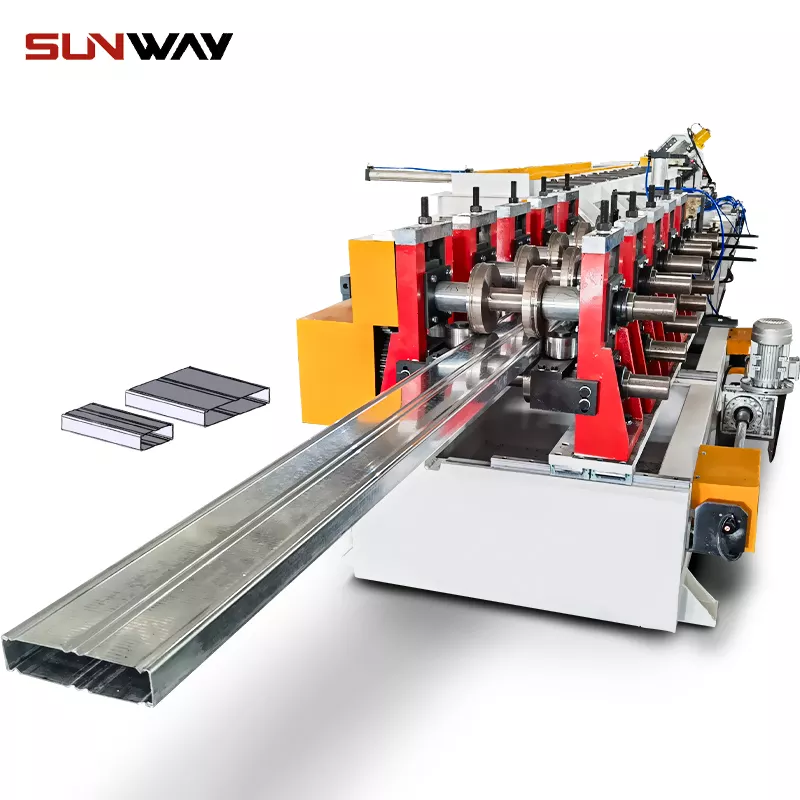
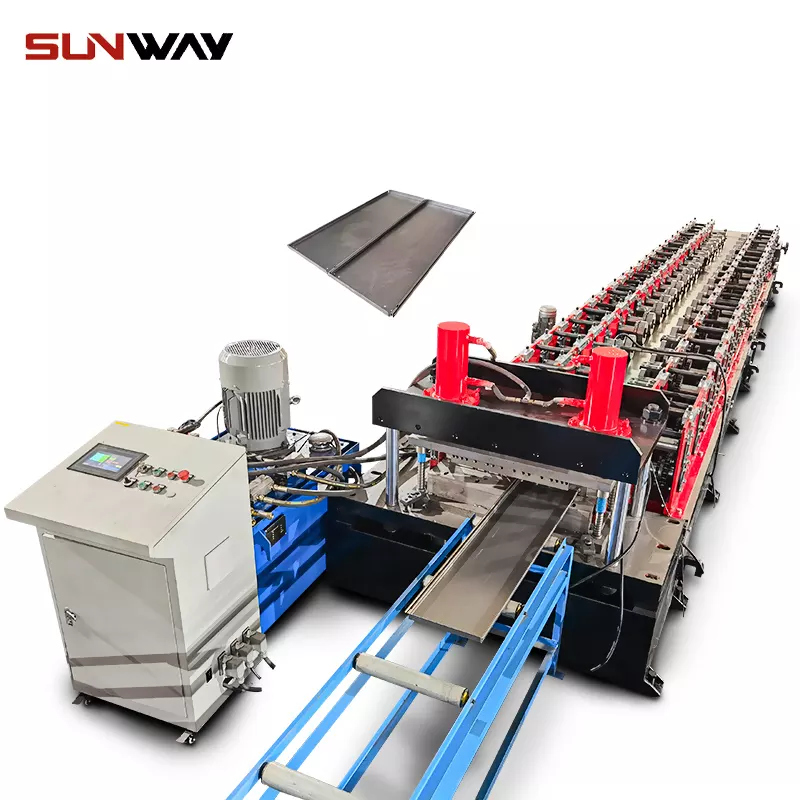
Conclusion
In this article, we learned about how a steel roll forming machine works and the different types of materials that it can form. We also saw some examples of how the machine can be used to create products such as car parts, medical implants, and even airplane wings. Overall, this was an informative article that provided insights into the workings of a steel roll forming machine and showed us just what kinds of products it can produce.
FAQ
What is roll forming?
Roll forming is a continuous process which converts sheet metal into an engineered shape using consecutive sets of mated rolls, each of which makes only incremental changes in the form. The sum of these small changes in form is a complex profile.

